Participants in the Visual Assembly — high school students from an art school — were asked to imagine their city, Venice, as a vast open-air museum. But the students and their teachers immediately responded, “It would be better if it were something else!”
This Assembly became their answer to the question: What’s so bad about living in a museum?
And more importantly—how can we make it better?
This Assembly became their collective answer to the question: What’s so bad about living in a museum?
And even more importantly — how can we make it better?
But of course, this question isn’t only about Venice. Many cities around the world find themselves trapped between heritage and life. Others, by contrast, actively strive to enter this space, competing to host the Olympics or other mass events that attract tourists — but all too often, these also lead to the displacement of local residents and increased gentrification. The entire museum industry, in essence, is structured to erase “ordinary” human life, subordinating it to the logic of capital accumulation, which in our civilization is equated with value.
The Assembly took place in a former hospice for the incurable, now transformed into an academy of arts. The kids came up with so many incredible ideas!
Here are some highlights:
They proposed installing artist-designed trash bins throughout Venice (turns out the city barely has any!). Trash bins are actually an important part of organizing public space — and at the same time, they can be art objects, integrated into the city’s architecture. It makes perfect sense to invite artists from different countries — who wouldn’t want to design their own bin?
They also suggested placing mobile platforms in different areas of Venice for small concerts, poetry readings, and other cultural events. These platforms would be created with the help of academy students, guest artists, and architects. Mobile architecture — something that can be moved or removed if needed — seems much better than many traditional ways of organizing public space, whether it’s statues of men on horses, poles, or fences.
We were all truly thrilled with the results. The kids were deeply engaged in the process. I doubt they’re often asked how they would improve their own city.
But maybe the most important thing was that the children experienced working and creating together. At the end of the workshop, their teacher noted that she had been worried about this class, whose students often seemed distant from one another. But now she saw that they were fully capable of cooperating, supporting one another, and finding shared solutions.
This is precisely the purpose of Visual Assemblies: to empower ordinary people — city residents — to imagine and transform public spaces so they feel comfortable and truly at home. In doing so, they not only reclaim everyday life from the abstractions and alienation of productivity, but also help us envision what life could look like if we truly had the power to shape it. Our next goal is to create the conditions for Visual Assemblies to take place on an ongoing basis. We very much hope to find a house in Venice dedicated to this work.
Would not it be great if art institute students could organize Assemblies in high schools — involving younger students in similar activities? In our schools, there are very few opportunities for children to practice solidarity with one another. Instead, they are caught in endless competitions: who can memorize, repeat, or calculate faster. But in adult life, it is the ability to work together — not the skill of elbowing each other aside — that truly matters.
The Visual Assembly is not about inventing something new, but rather about returning to traditional practices of collective creativity — from the idea of shared genius to folk dances, from community festivals to the carnivals we love so much.
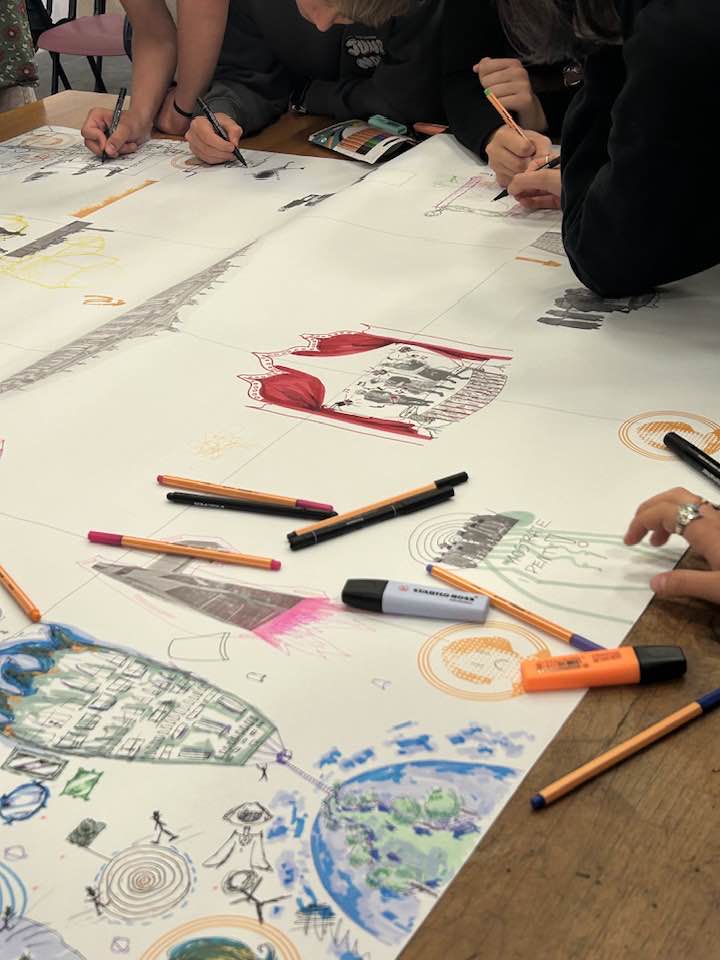
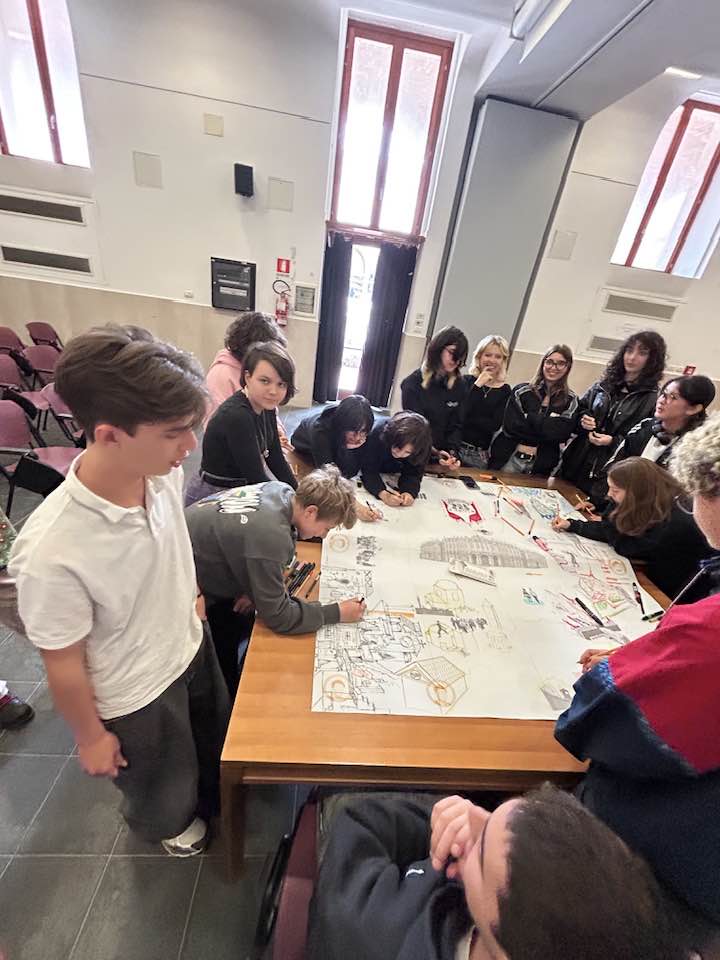
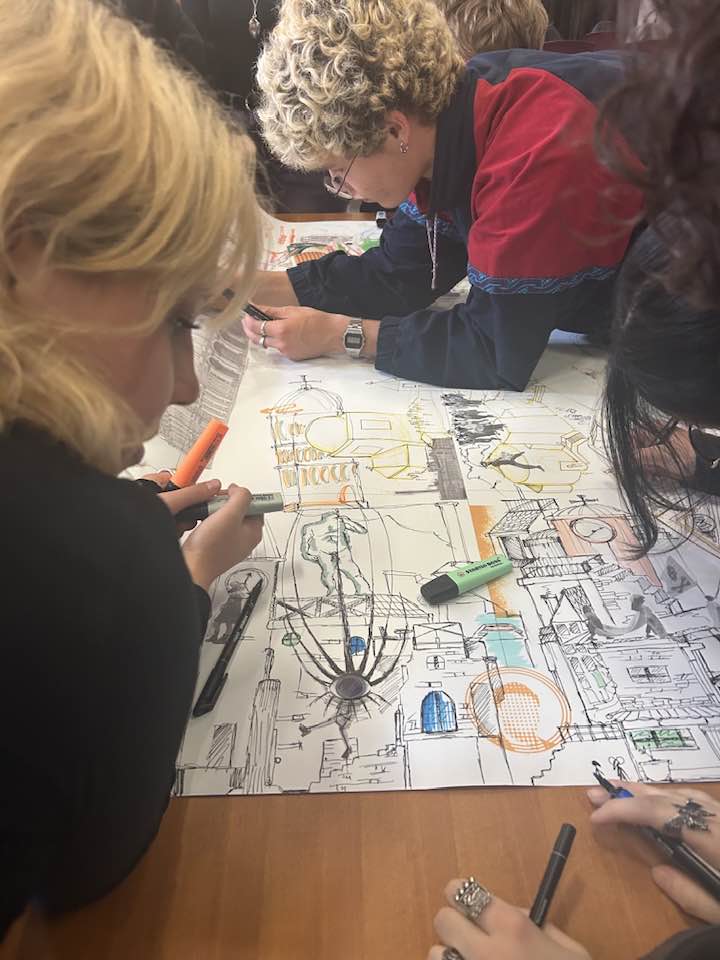
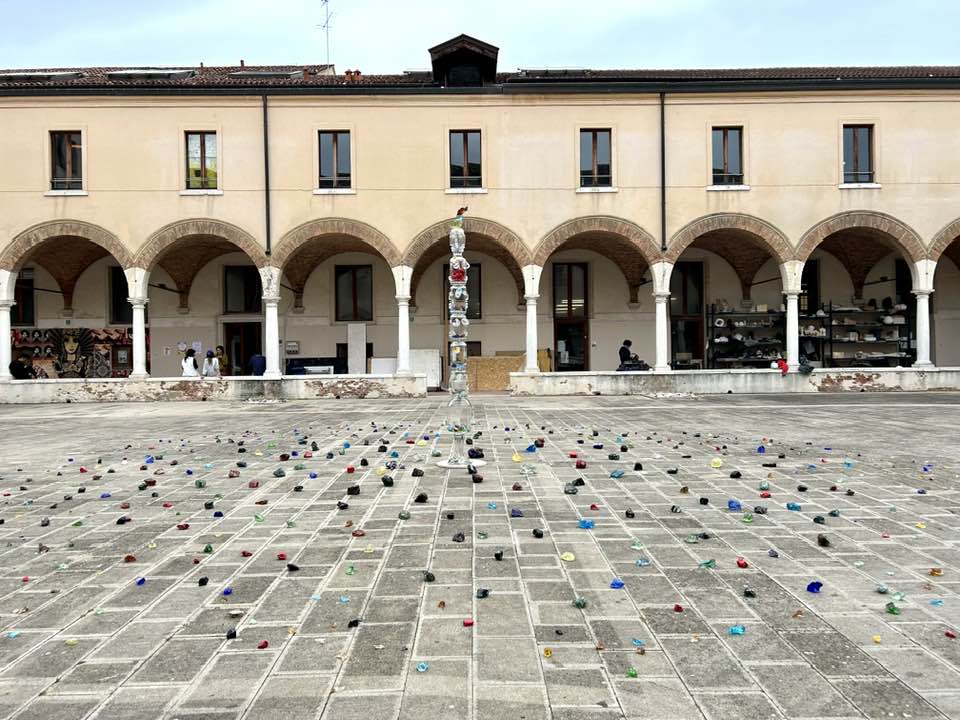
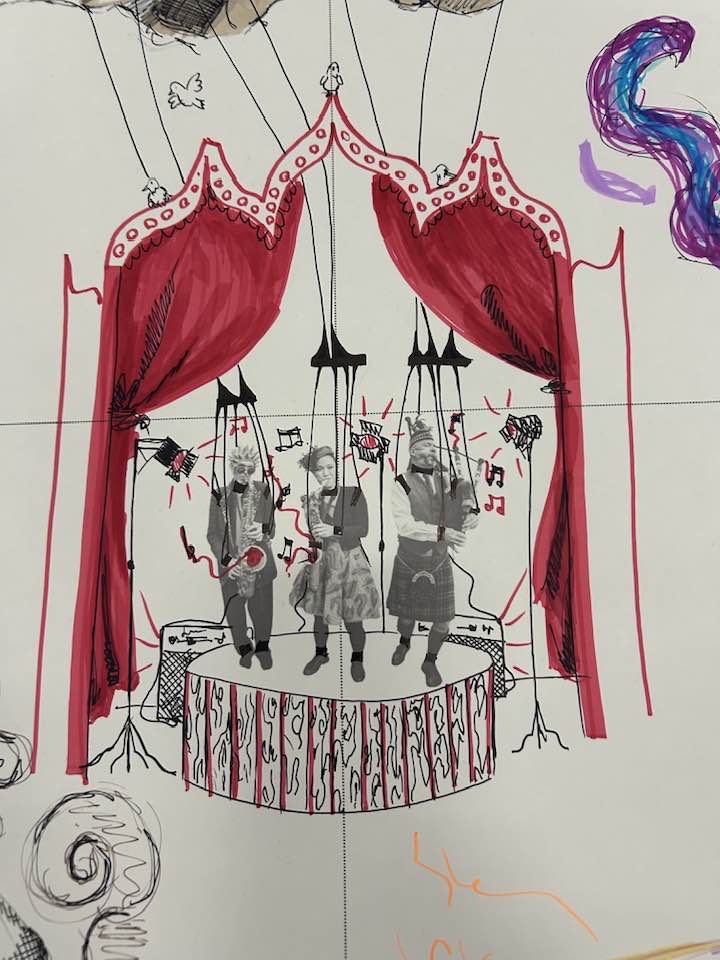
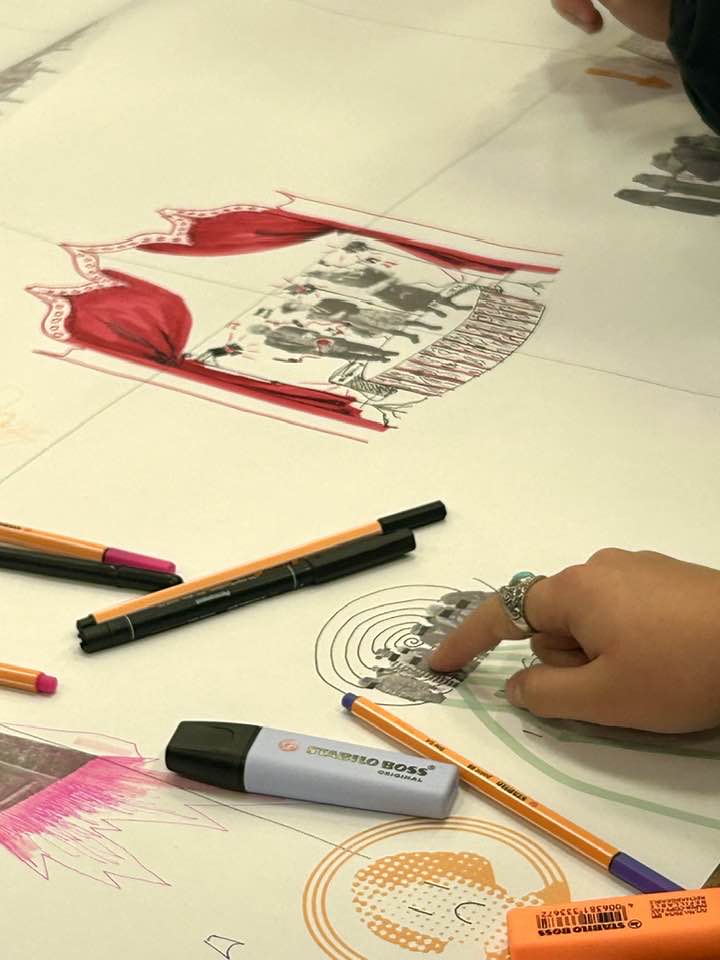
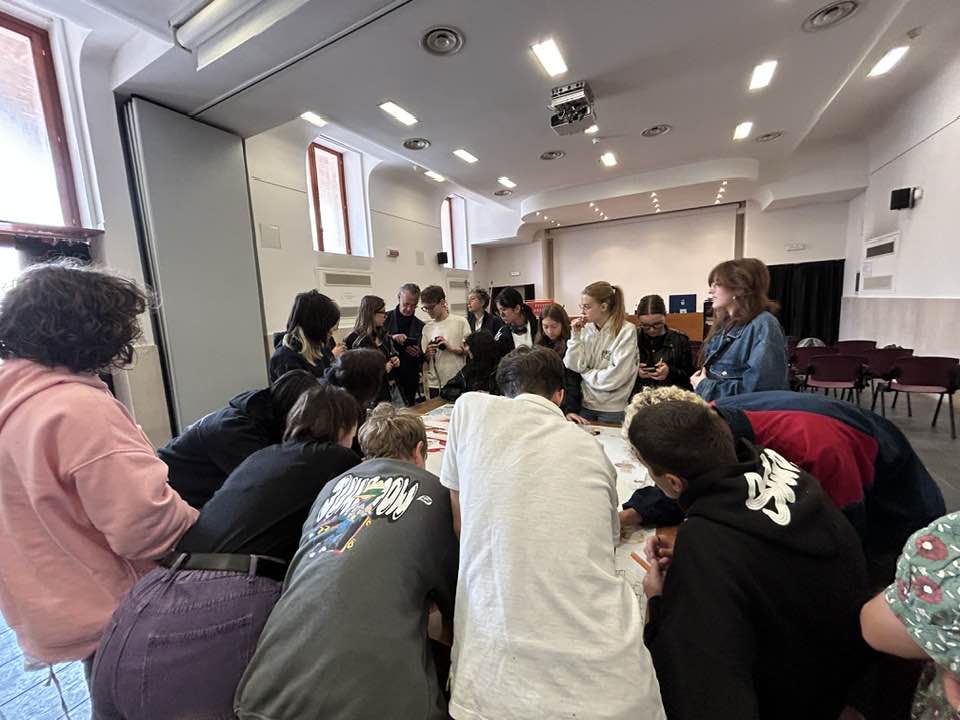
The day after this Visual Assembly, Leopoldo Zampiccoli and Nika Dubrovsky held two more Visual Assembly at Festival dei Matti, Venice, and on June 30, a On June 30th, the Visual Assemblies will head to East Africa, starting with an event in collaboration with the Sigana International Storytelling Festival in Nairobi, Kenya.
More Visual Assemblies — joyful, radical, and beautifully different. This is how we win!
Here is a map where you can upload photos from past Visual Assemblies:
